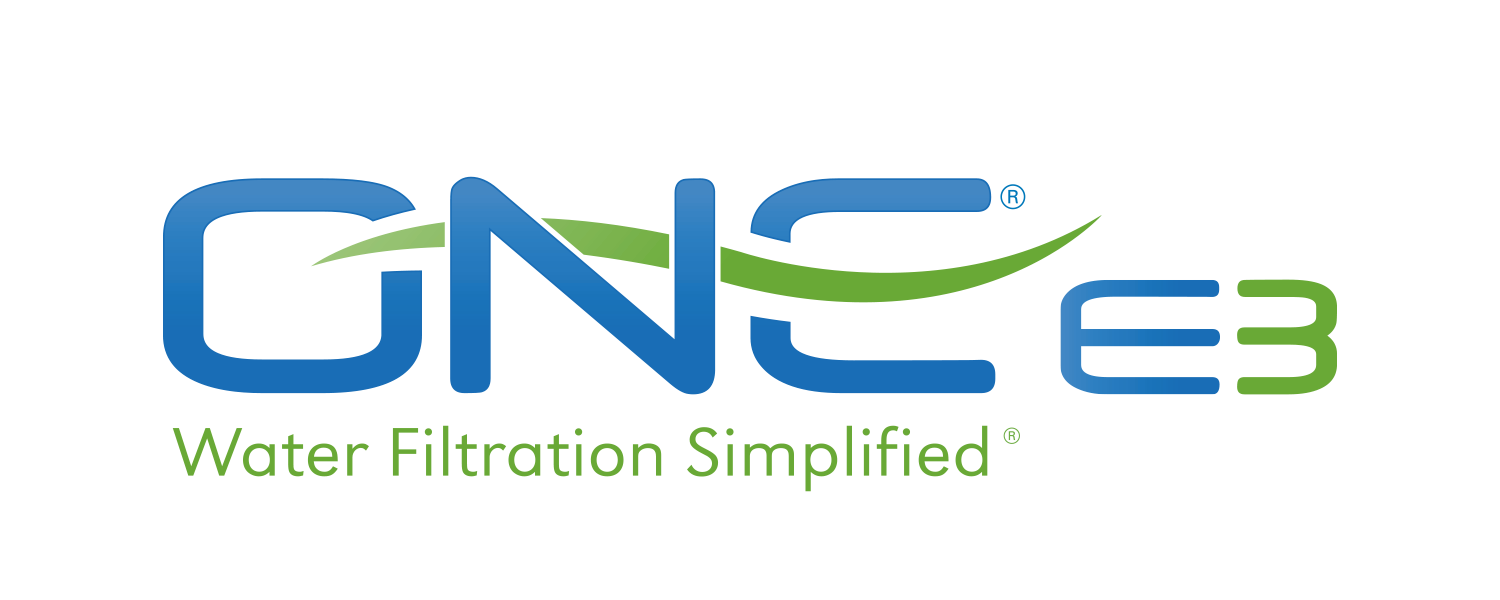PFAS contamination has been a hot topic across the nation in 2019. The Environmental Working Group (EWG) has created an interactive map showing PFAS contamination sites in the United States. The map breaks down PFAS contamination into three categories: “drinking water”, “military sites”, and “other known sites”. The map was recently updated to denote more military sites where PFAS contamination has been found.
According to this recent article from Military Times, EWG added 58 more military sites to the map—bringing the total to “175 military installations and sites nationwide that are known to be contaminated by fluorinated compounds known as PFAS”. The Military Times article notes that many of the newly added sites show levels of PFAS contamination greater than 100,000 parts per trillion.
According to this article on CNBC, as of 2017 the Department of Defense identified over 400 military sites that could potentially contain PFAS contamination. The headline of the CNBC article refers to PFAS contamination as “a new drinking water crisis”.
The main cause of the PFAS contamination on military sites (and in many areas surrounding them) is believed to be from firefighting foam, which the chemicals perfluorooctanoic acid (PFOA) and perfluorooctane sulfonate (PFOS) have been used in for decades. There is current legislation in the House and Senate that, if passed, would prevent the Department of Defense from using PFAS in firefighting foam moving forward.



